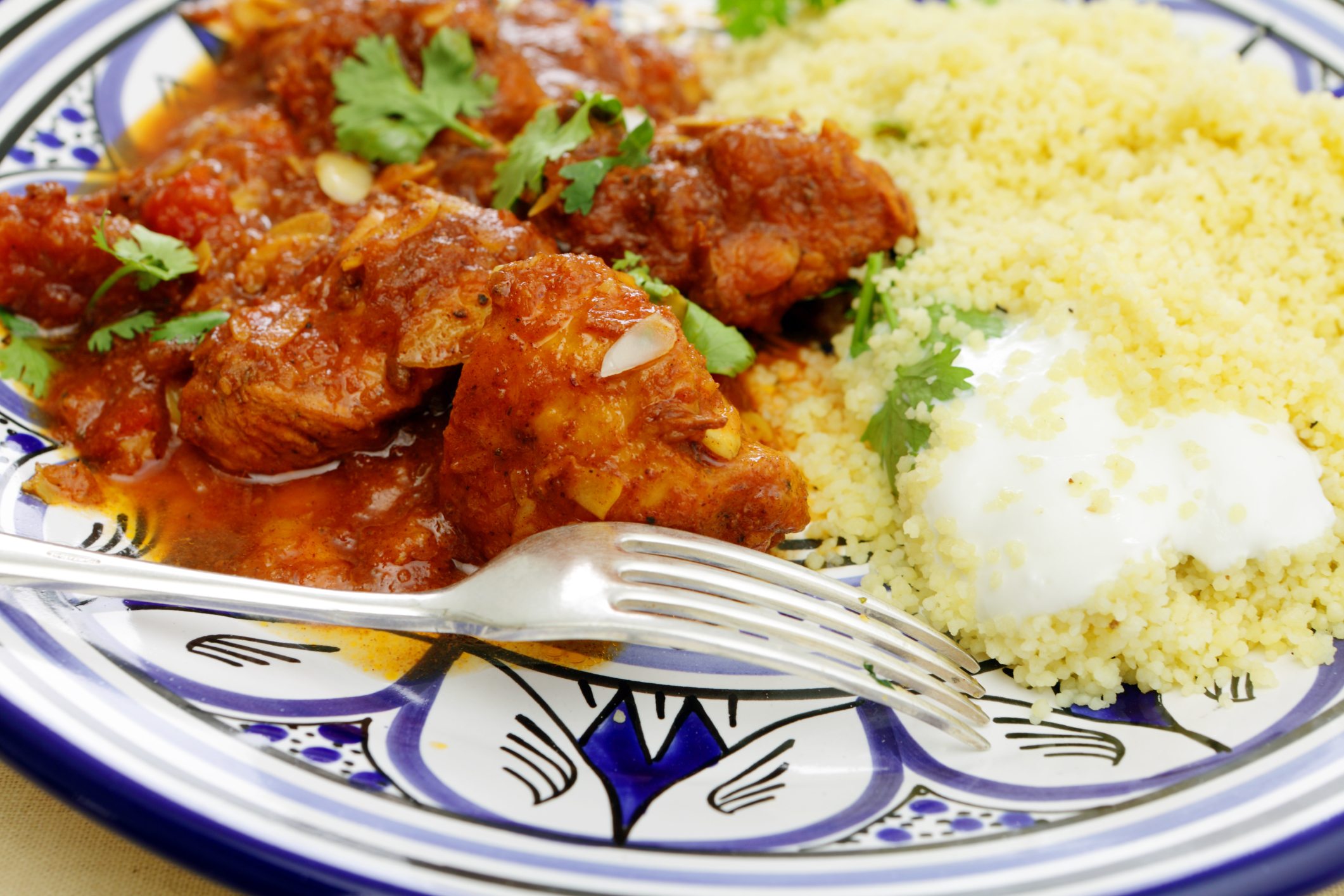
Remember the last time you put too much food on your plate and the robot from Lost in Space came out of the pantry, arms flailing, shouting "Warning! Warning! portion distortion! portion distortion"? Oh? You don't have a Portion Distortion Warning Robot to make you aware of proper portion sizes? You better read on then.
Here are some Cutter Automotive Galleries suggestions for controlling your portions:
Read Labels
Food distributors and manufacturers spend millions of dollars annually to provide nutrition information packaging labels. Don't feel sorry for them; they pass the cost on to you, so you might as well read them, and when you read them you might as well look at serving sizes.
The first thing you'll probably notice is a serving size is smaller than what you're used to. Don't panic. The truth will set you free (from excess fat around your midsection). Measuring portion sizes will help you keep track of caloric, fat, sugar, and sodium intake. It will also give you pause. Pause is good. It gives food time to digest and gives you an opportunity to think what you're doing to your body.
It's not always possible to measure your food. These guidelines, provided by WebMD, will help you control portion sizes when measuring cups are not available.
- 1 cup = a baseball - Because most people don't carry a baseball with them at all times, an easier comparison—assuming you have at least one limb—is a fist or a handful.
- 1/2 cup = an incandescent light bulb - After the "Green Police" outlaw the use of incandescent light bulbs, you can use leftover bulbs to measure serving sizes. Or you could use half a fist as a standard.
- 3 oz. of non-fish meat = a deck of cards - Don't try to skirt the system by using a gigantic Uno deck to measure your three ounces of meat. A standard 52-card deck is the equivalent size of a 3-ounce piece of meat.
- 3 oz. piece of fish = a checkbook - Fish is slenderer than chicken. If you wish to be slenderer than a chicken coop, eat fish.
- 1 tbsp of butter or spread = a poker chip - Kenny Rogers might argue you never count your poker chips while sitting at the table. Richard Simmons, on the other hand, recommends you count your poker chip sized butter slices while sitting at the dinner table, if you want to control your eating.
Portion Size Your Plate
In addition to watching portion sizes of individual foods, nutritionists recommend you portion out your portions. Here are the guidelines:
- 1/2 of your plate should be vegetables. A colorful assortment makes for a pretty plate, a variety of flavors, and a plethora of vitamins and minerals. Starchy vegetables--potatoes and corn, for example--go on the starchy portion of the plate.
- 1/4 of your plate should be proteins. Lean meats make you lean. Fatty meat makes you fat. Avoid unnecessary fat by baking, grilling, or broiling your meat.
- 1/4 of your plate should be starches. Focus on whole grain starches. They keep you full longer and are better for you.
One additional note about portions and plates: overeating is more emotional and psychological than it is physical. Combat overeating with smaller plates. It will make you think you're eating more, allowing you to stay within the confines of proper portions.
